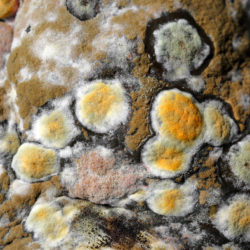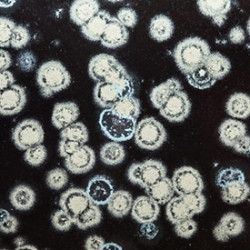Scientific Study Shows that Young Children’s IQ is Impacted by Mold Exposure

Don’t Let Mold Exposure Impact Your Child’s Future
Sometimes we think of black mold as a nuisance and that there isn’t a danger other than some respiratory distress when the spores are inhaled. But a new study from the Bio-ethical Committee of Jagiellonian University Medical College in Krakow, Poland, has released some alarming information regarding the effects that toxic black mold has on kids.
The Findings
After a 6-year follow up of children who were exposed to toxic mold, here are the findings from the college. “The group of children who completed the 6-year follow-up consisted of 277 babies born at term. Out of the whole sample, 52 children (18.8 %) lived for shorter periods (<=2 years) and 15 (5.4%) for longer periods than 2 years in mold-contaminated homes. Children who were exposed for longer periods to indoor molds had significant cognitive deficits of about 10 points. The results showed that longer exposure to indoor molds tripled the risk of low IQ scoring (OR= 3.53; 95%CI: 1.11 – 11.27) compared with the group with no exposure.”
Don’t Take Chances
Toxic mold has now been proven to be detrimental to younger children by lower cognitive skills and lower IQ scores. Protect yourself and your loved ones and get rid of any toxic black mold by mold remediation that will rid your house, home, or apartment of mold infestation.
The professionals at Stern Mold are experts at mold remediation to protect your family from black mold complications. We’re part of the Stern Environmental Group and we will answer all of your questions or schedule a free mold inspection at your residence. Serving the New Jersey, New York City, and Long Island areas since 1995.


